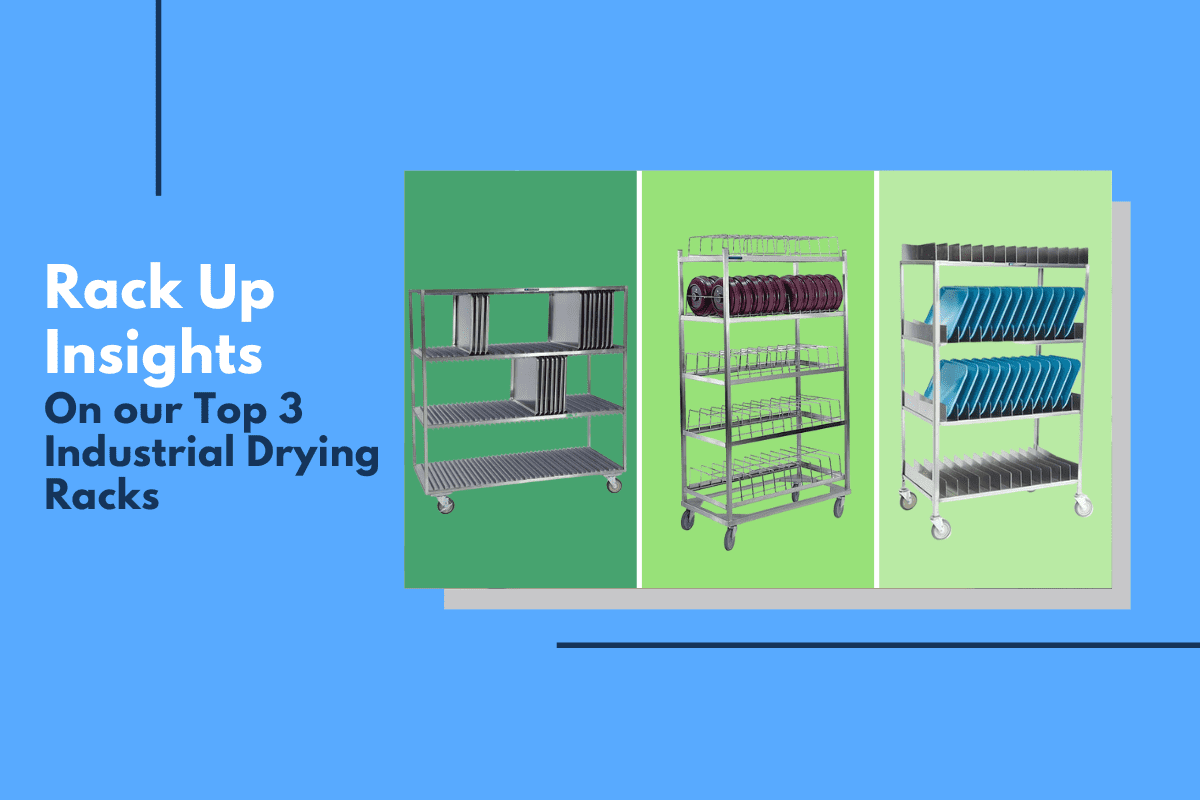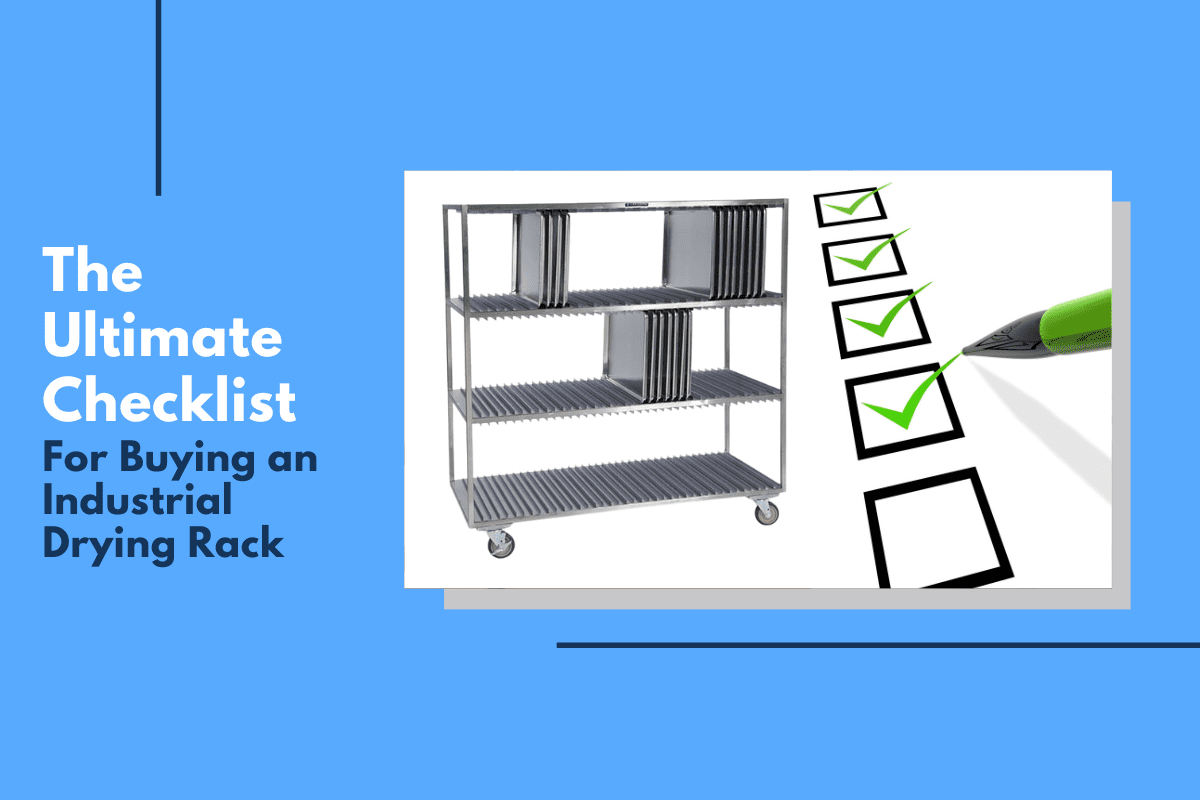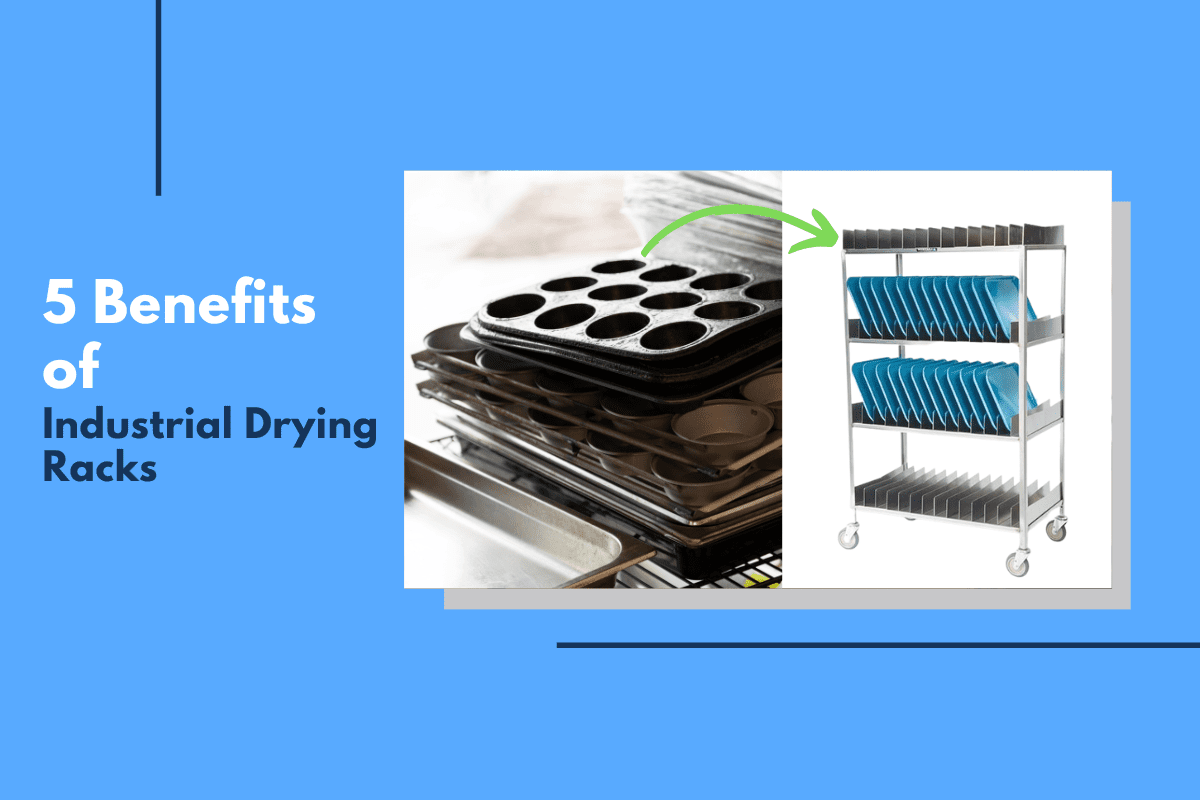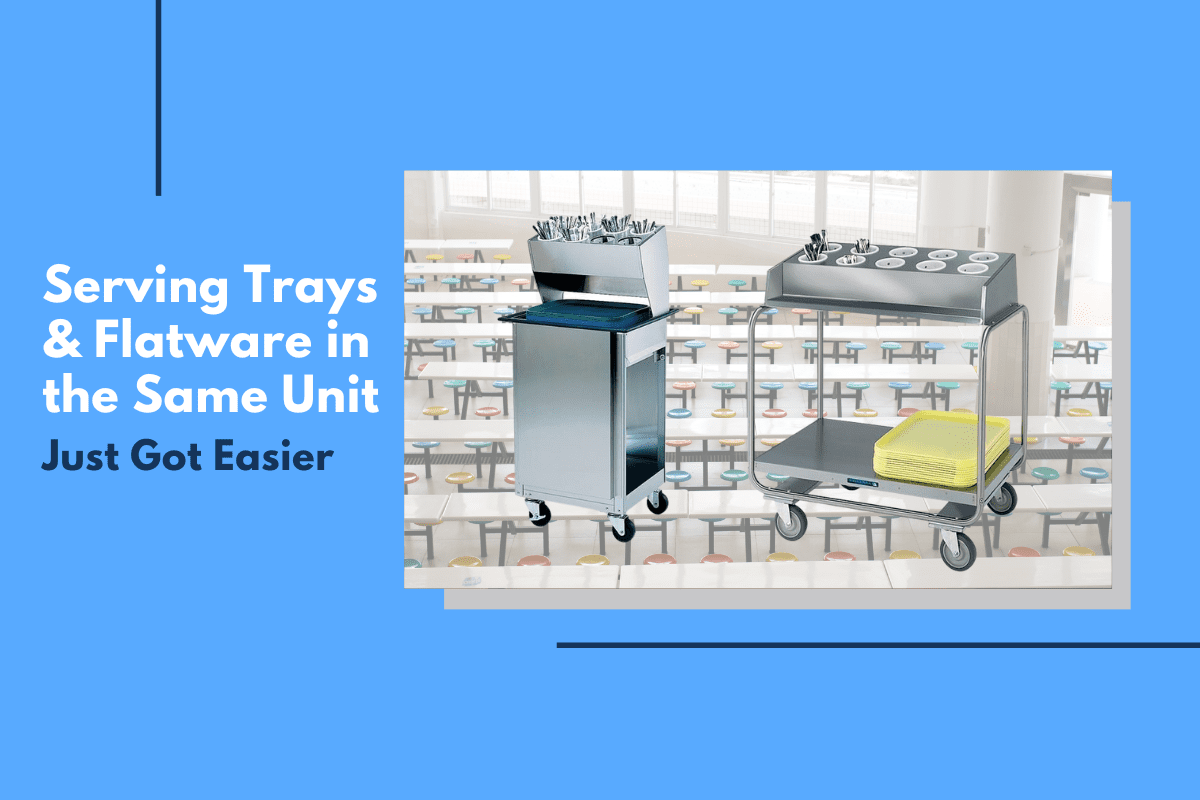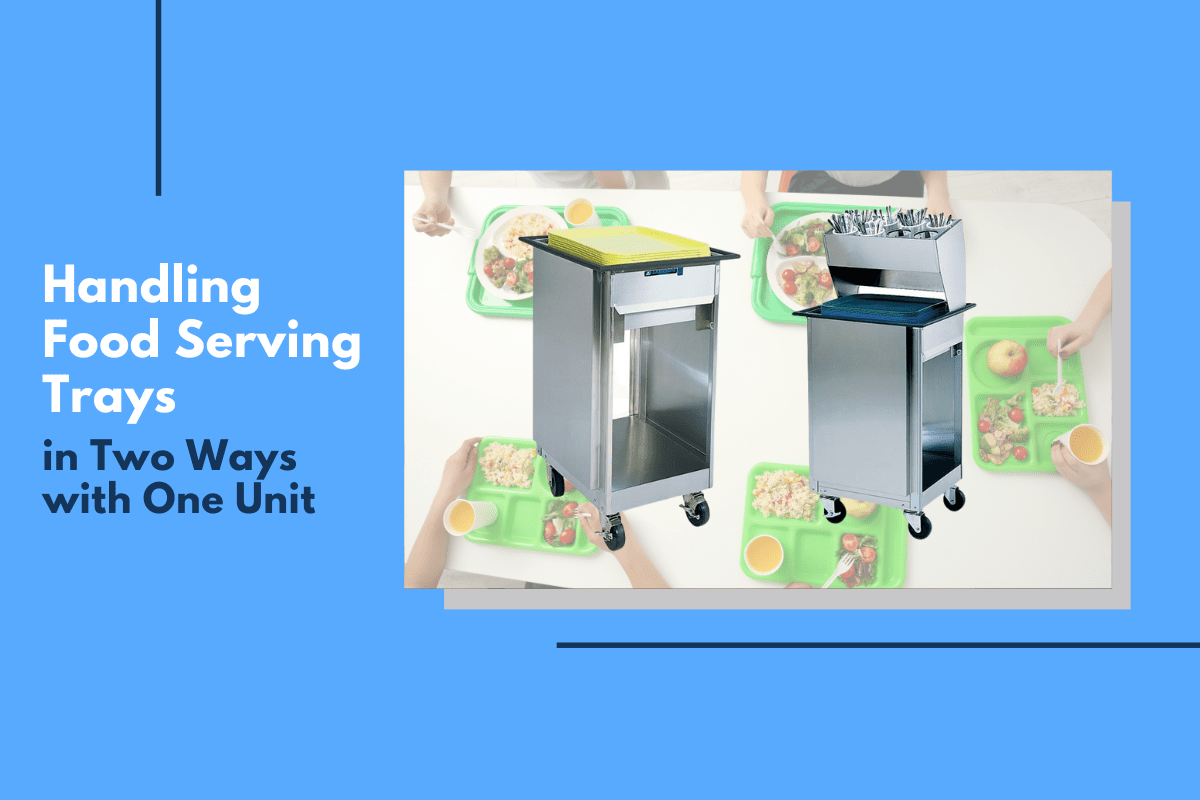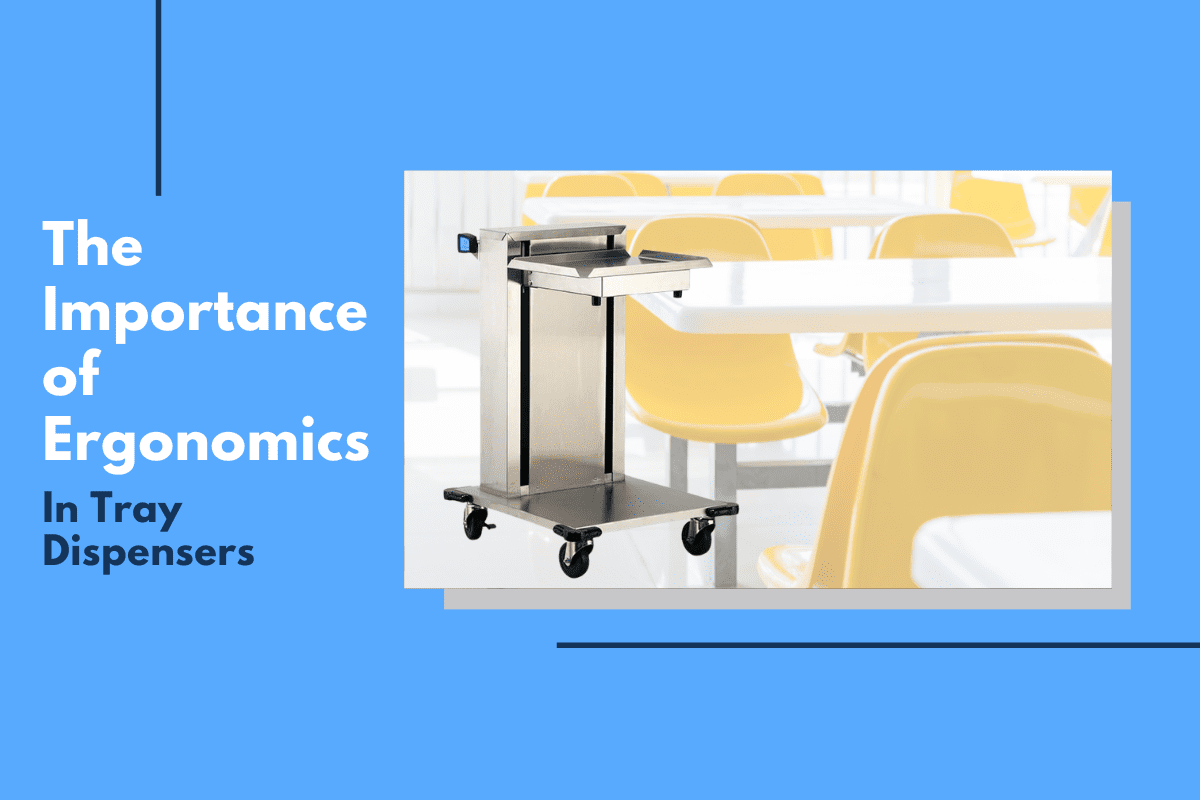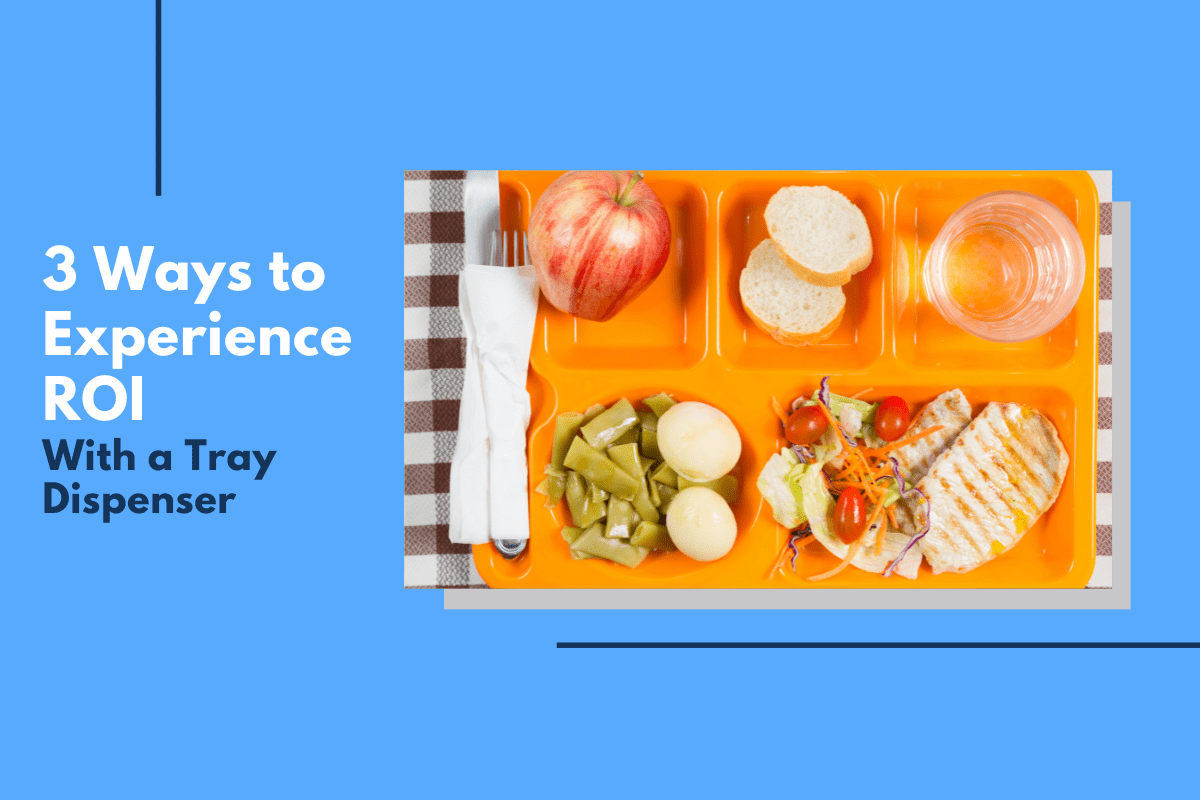
What is most important when bussing a table? That is a good question, and the answer is a multitude of aspects within operations. If you run a professional kitchen, you are well aware that a smooth flow of staff can make or break a successful evening of service. While it is such an intricate part of service, it can be an aspect that is overlooked by foodservice managers. When a dining space is filled with guests at every table, the bussing team knows they will need to be efficient and timely when clearing tables.
While clearing tables is one component to bussing, there is also the prep work that sets the stage for guests to have a great experience at your establishment. Prep work ranges based on the type of service, but the bussing team will be sure to have plates ready for guests, whether at tables or in plate dispensers for self-service. The team will also be sure to have clean silverware, cups, and napkins for guests as well as a supply to replenish when needed. Every person operating in a restaurant contributes to the success of the group, and this includes the busser. They serve a number of important functions that require experience and training. Read on to better understand the critical role of the busser as well as some tips to make bussing operations a breeze.
Focus on Service:
Happy guests are a must for a successful foodservice operation whether that is at a restaurant, school, casino, or convention center. Bussers are on the frontline or preserving the guest experience. When guests arrive, they should be met with a clean table and quickly provided a glass of water with the cup being replenished when needed. Dirty dishes should not lay on the table untouched for too long as this can cloud the guest experience. These are the obvious ways that bussers contribute to positive guest experiences, but there are less obvious ways they contribute.
While there are plenty of ways to add to the customer experience and satisfaction, there are also simple back-of-the-house operations that can deter a guest’s dining experience including leaving tubs of dirty dishes in the line of sight of guests. This is not appetizing and looks unprofessional. Having a dirty washcloth bucket in visibility is another easy thing to make sure is not seen by guests. Little aspects like this can add up and cause guest experiences to be less than ideal. Make sure to focus on not only the obvious ways to improve guest experience, but also the subtle aspects. Regardless of how your establishment employs bussers, there is no doubt that having a skilled and highly trained bussing staff will elevate guests’ dining experience.
Encourage Back-of-the-House Flow:
Increasing customer satisfaction all starts with efficient operations on the back end. While keeping guests happy is of vital importance, it is not the only way bussers are important to a restaurant kitchen. Bussers are responsible for delivering an essential item to foodservice: flatware and dinnerware. Foodservice operations need to optimize their budgets, which means they can’t keep a never-ending supply of dishes and flatware in stock.
Bussers are responsible for getting dirty dishes back to the dishwasher, who then get dishes cleaned and back into circulation to be used for the next group of dinners. If bussers are not appropriately staffed or trained to efficiently move dishes, this could cause a backlog for the entire kitchen. While every operation has a different way of handling bussing, we have compiled some tips to hopefully help improve your bussing, especially with the industry experiencing a current labor shortage.
Tips for Bussing:
#1: All Hands-on Deck
Everyone, and we mean everyone, on your team should be trained on how to bus. With limited staff, the bussing team may not be able to get to a table as soon as a server may, or a hostess may have a lull between guests arriving. Ensuring that everyone knows your bussing operations will help make sore smoothie clearing of tables. Having a plan to ensure consistency amongst everyone makes for a cohesive guest experience. No matter your role on the team, everyone should always be keeping an eye on tables. When customers feel attended to, this not only increases their current experience, but also their likelihood of returning or recommending.
#2: Scale Up the Table
While some guests clearly let you know when they are done with a plate or drink by moving it away from them, other diners are less clear. Being able to gauge whether someone is done with a drink, side, or course takes time to acclimate to. Look for signals of more talking, not touching plates for a few minutes, or approaching the table and seeing if they pick their utensils back up. While there is no secret sauce to this, after practice you are able to perfect this skill. Once you have been able to confirm that guests are done, it is key to clear the table quickly while still ensuring quality work. Making minimal noise is also important to note as to not disturb any conversations amongst guests or alter their experience.
#3: Don’t Push Your Limits
Adding that one extra plate on top of your stack in the moment may seem like a good idea but carrying more than you can handle never ends well. When plates go crashing on the ground because a busser took too many plates at once sends all diners eyes to immediately shift towards the scene. Dining atmospheres are handcrafted by owners, and while accidents happen, avoiding them by taking smaller loads can make a huge difference. Making sure you look professional even if it means taking smaller loads is worth it in the end and impresses guests with your establishment’s seamless night of service.
Bussing tables plays a crucial role in various aspects of a diner’s experience from their initial impressions to when they are about to leave. Having all hands-on deck when it comes to bussing can help the labor starved foodservice industry keep guests flowing in and out while ensuring quality is not compromised. Lakeside offers a wide selection of bussing solutions to help ensure customer satisfaction. Talk with a Lakeside cart expert today to see how we can help improve your bussing operational efficiency.




